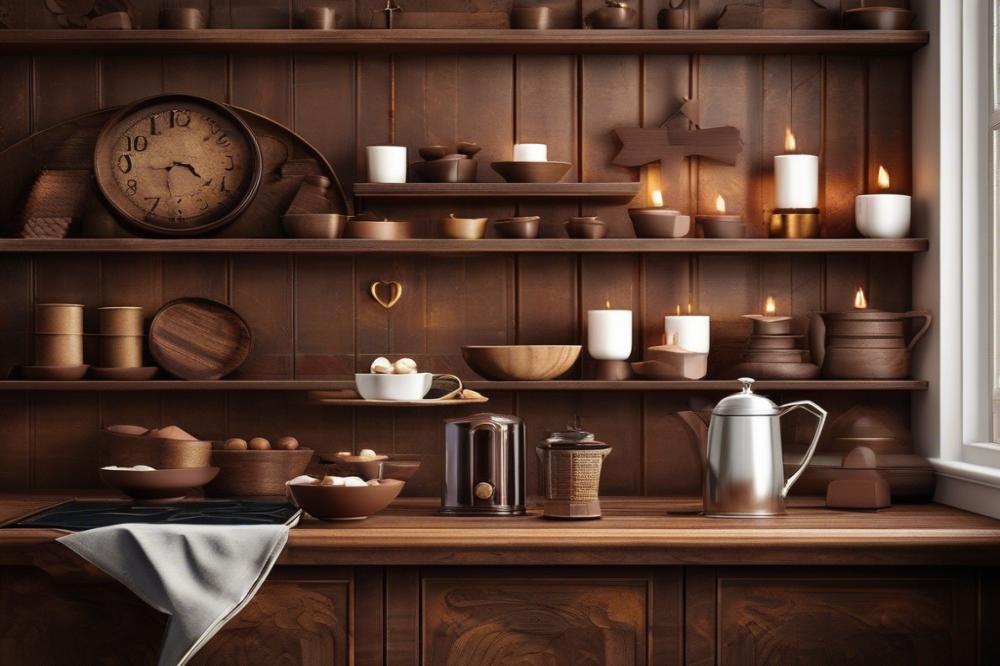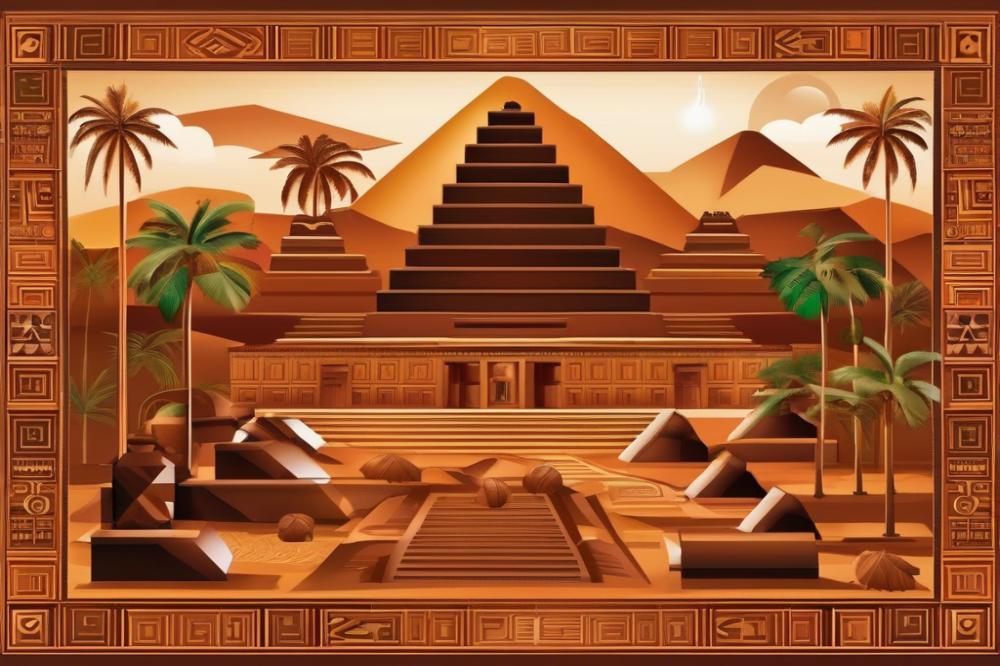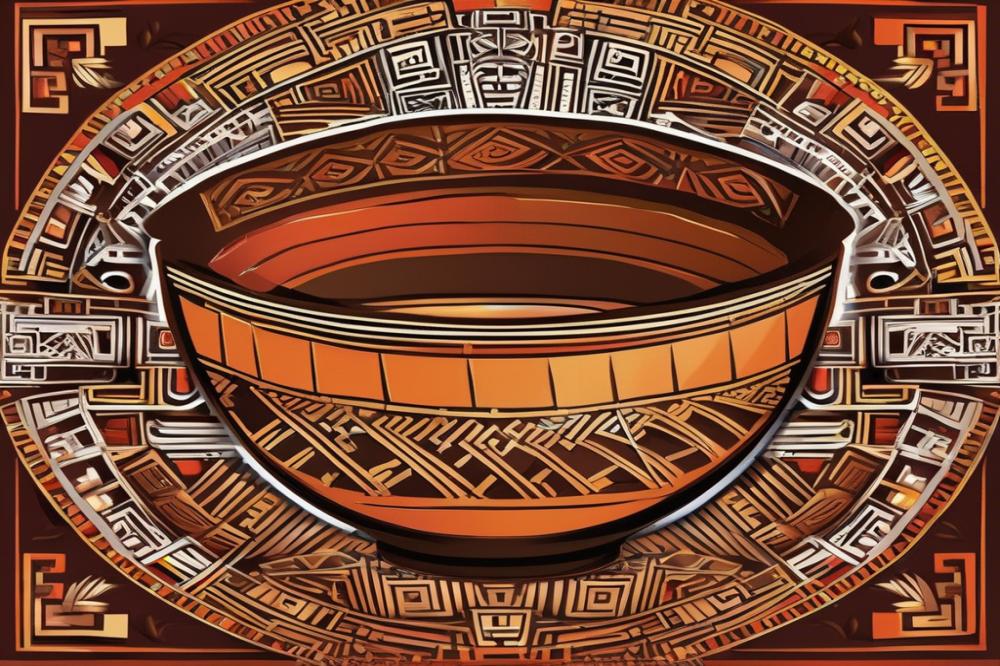The history of hot chocolate From ancient drink to Modern Treat
hot chocolate has captured the hearts of many around the world. This beloved beverage can be enjoyed in countless ways, from a warming cup on a chilly day to a fancy dessert topping. Its journey through time is more than just a story of delicious flavors; it reflects cultural values and historical significance.
Long ago, cocoa was first explored by the Maya civilization in Central America. They honored cocoa beans not only for their taste but also for their importance in rituals and as currency. Later, the Aztecs took this ancient drink to new heights, creating a frothy, bitter concoction that was far different from what we enjoy today. This beverage held a place of respect in their society, often reserved for the elite.
As European explorers brought cocoa back to their homeland, the drink began to evolve. Sweeteners and milk transformed it into a delicious, creamy treat. These changes sparked new recipes that turned hot chocolate into a favorite dessert. The drink became synonymous with comfort and celebration, forever altering how people experience warm drinks.
Through history, this indulgence has woven itself into the fabric of various cultures. Whether shared among friends or sipped in solitude, hot chocolate carries with it a legacy that connects us to our past. Embracing both ancient traditions and modern variations, it remains a cherished staple that brings joy to countless people today.
Origins of Hot Chocolate

Cultivation of cocoa dates back thousands of years, particularly in the Maya civilization. Archaeological evidence shows that they began growing cacao trees as early as 1500 BC. This rich bean was more than just a crop; it held deep importance in their culture. For the Maya, cocoa was used in rituals and served as a symbol of luxury and status.
Ancient beverages made from cocoa were vastly different from today’s sweet treat. The Maya prepared a drink called “xocolātl,” which was often bitter and seasoned with spices like chili, vanilla, and annatto. This drink was not just about taste; it played a significant role in their ceremonies and daily life. Sharing this beverage was a way to connect and bond with others.
A Cultural Connection with the Aztecs
The Aztecs also cherished cocoa and integrated it deeply into their culture. They valued cacao beans so much that they used them as currency. This sweet bean represented wealth and power, and it was often consumed by the elite.
Aztec recipes for their cocoa beverages included cherished ingredients like honey and spices. The drinks were typically served cold and were regarded as energy boosters. It wasn’t merely a drink; it was a glamorous and sophisticated experience. The cultural significance of these warm drinks was enormous, often linked to nobility and special occasions. Cocoa became woven into the very fabric of Aztec society, making it a historic staple.
Eventually, when European chocolate made its way across the ocean, it sparked a transformation in how cocoa was consumed. It evolved into a delicious dessert, beloved across the globe. However, its roots lay firmly in the ancient traditions of the Maya and Aztecs, where it all began.
The Evolution of Hot Chocolate in Europe

The journey of cocoa began when the Aztecs and the Maya civilization first enjoyed its ancient drink. In the 16th century, explorers brought cocoa beans to Europe, where this exotic ingredient sparked excitement. Initially, the drink prepared from cocoa was bitter, much like coffee. People mixed it with spices and hot water, enjoying it as a warm beverage full of character.
Over time, European tastes transformed this simple concoction into something sweeter. Sugar, vanilla, and cinnamon began to find their way into recipes. Gradually, the once bitter drink evolved into the delightful sweet treat we are familiar with today. This shift marked the beginning of hot chocolate becoming a popular dessert option.
The rise of chocolate houses in cities like London and Paris changed social gatherings. These establishments became key gathering spots for the wealthy and the curious alike. Friends would sip warm drinks while discussing the latest news or enjoying music. Chocolate houses contributed to cocoa’s cultural significance in Europe as they combined social interactions with the enjoyment of this now-beloved beverage.
This evolution not only influenced tastes but also created a rich history surrounding chocolate. Each recipe reflected a blend of flavors and cultural elements. Over centuries, hot chocolate became more than just a drink; it became a staple in luxurious lifestyles. Today, it remains a cherished part of both casual and festive occasions, a testament to its ongoing popularity.
Hot Chocolate as a Dessert

Hot chocolate has evolved far beyond its roots as an ancient drink of the Aztecs and Maya civilization. Today, it stands as a decadent dessert enjoyed in various forms. Over centuries, recipes have developed to include new flavors, presentation styles, and ingredients that go beyond the original cocoa and water mix.
In many cultures, beverages made from cocoa became synonymous with celebration. For instance, in Europe, hot chocolate transformed from a bitter drink into a sweet treat. Adding sugar, milk, or even spices helped create a rich, creamy delight. Countries like France became known for their gourmet styles, which often included whipped cream or chocolate shavings on top.
The variations across different societies illustrate the cultural significance of this beloved dessert. In Italy, the dense, thick version is quite popular, often served in small cups. People savor it like a pudding rather than a drink. Meanwhile, in Mexico, traditional recipes might include cinnamon or even a hint of chili pepper, creating a warm drink with a spicy kick.
Hot chocolate plays a vital role in culinary traditions and celebrations worldwide. It brings warmth to cold winter nights and is enjoyed during festive seasons. Whether served at holiday gatherings or at cozy cafes, it is a dessert that comforts and delights. Each recipe reflects local tastes and customs, showing how this once simple drink has become an essential part of many culinary stories.
Modern Hot Chocolate: Trends and Innovations

Contemporary recipes have transformed hot chocolate into an exciting treat for all ages. Variations now include rich flavors like salted caramel, peppermint, and even spicy chili. Creativity shines through with methods such as blending dark chocolate with milk or using plant-based milks. Remember the Aztecs and the Maya civilization, who first enjoyed cocoa as a treasured beverage? Today, that ancient drink has evolved into sophisticated dessert options.
Specialty shops have made a significant impact on this trend. Gourmet hot chocolate can now be found around corners in cozy cafes and large cities. These places often put a modern twist on classic beverages, which adds to their charm. Some shops even offer craft recipes, allowing customers to explore combinations like white chocolate with raspberry or hazelnut-infused mixes.
The rise of warm drinks has also influenced the way we enjoy cocoa. Social media showcases beautiful images of fluffy marshmallows topping steaming cups. As people search for comfort in chilly weather, hot chocolate fits perfectly into this trend. It is a delightful way to share moments with friends or to unwind after a busy day. No longer just a simple dessert, hot chocolate now carries cultural significance as it brings people together. These developments emphasize how this timeless beverage has adapted to contemporary tastes while maintaining its rich history.
Cultural Significance of Hot Chocolate Today
Hot Chocolate in Social and Festive Contexts
People enjoy this sweet beverage during the colder months, especially around holidays. Friends and families gather to sip it while sharing stories or watching movies. In many cultures, it symbolizes celebration and togetherness. Across Europe, variations of this drink appear at winter festivals and Christmas markets. Events often feature cozy booths, where the aroma of hot chocolate fills the air. It has become a staple at gatherings, thanks to its ability to warm both body and spirit.
Symbolism and Emotional Connections
This rich drink carries deep emotional ties for many. For some, it evokes childhood memories of snow days or cozy evenings by the fire. Others associate it with love, gift-giving, or caring gestures. The sense of comfort it offers creates a feeling of home. Cultural heritage adds to its significance, reminding people of shared traditions. Every cup tells a story, connecting individuals to their roots and to each other, much like the Aztecs and the Maya civilization did long ago.
Global Perspective on Consumption and Traditions
Hot chocolate varies across continents, each culture adding its spin. In Mexico, it’s often made with spices and served alongside churros. European chocolate has evolved to include thicker, creamier recipes that please many palates. In some countries, it is more than just a warm drink; it serves as a beloved dessert as well. Asian cultures incorporate cocoa differently, sometimes blending it with herbal ingredients. These diverse interpretations showcase its global journey from an ancient drink to a modern treat loved worldwide.
A Sweet Journey Through Time
Hot chocolate has traveled a long and fascinating path from its origins as an ancient drink. Early civilizations valued this beverage for its rich taste and energizing effects. Over centuries, it transformed from a bitter concoction enjoyed by the elite to the sweet, creamy treat we love today.
Its enduring appeal lies in the comfort and joy it brings to people of all ages. Many savor a steaming cup during chilly nights, while others enjoy it as a festive drink during celebrations. The warm aroma and rich flavor can evoke cherished memories, bonding friends and family over shared experiences.
As we look ahead, the possibilities for this beloved beverage seem endless. Innovations in flavor combinations, such as spicy or fruity twists, might soon delight our taste buds. Health-focused preparations using cocoa can also lead to exciting new trends, making hot chocolate a treat that fits a variety of lifestyles.
Future generations will likely continue to create, enjoy, and connect over this timeless drink. As we explore what lies ahead, one thing is clear: the bond we share over hot chocolate brings warmth not only to our hands but also to our hearts.



